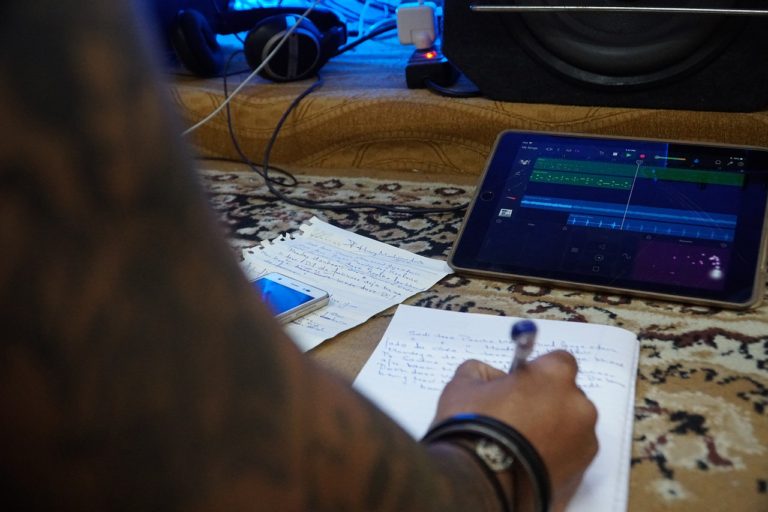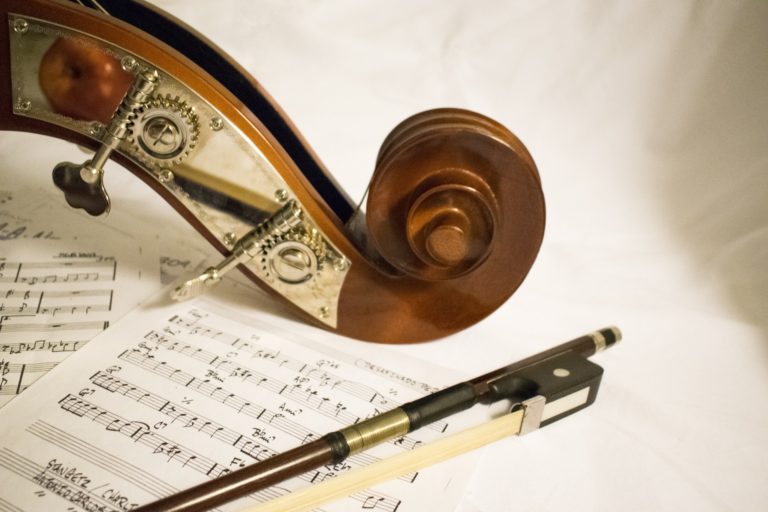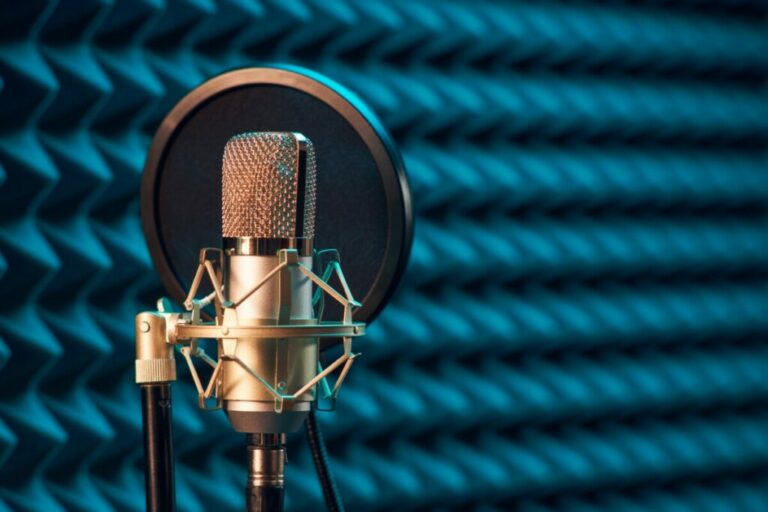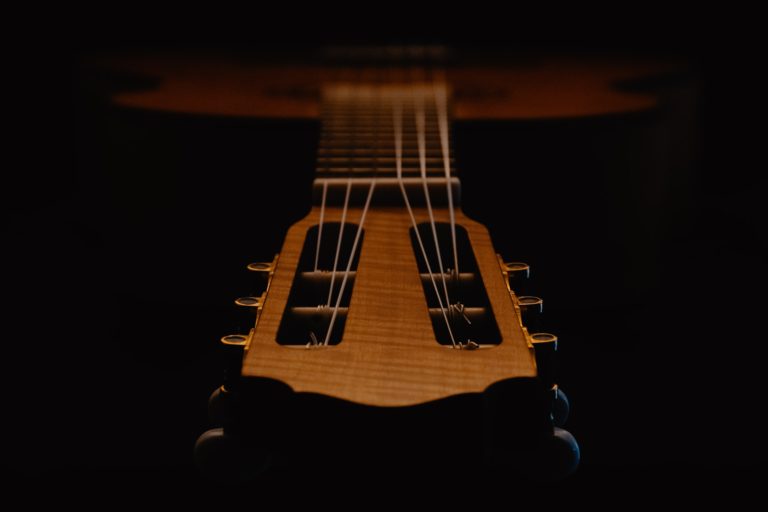What is a Talkbox?

Music is a universal language that has the ability to bring people together from all walks of life. With the advancement of technology and the integration of new musical instruments, music has become more diverse and exciting than ever before. One such instrument that has gained popularity in recent years is the talkbox.
What is a Talkbox? A talkbox is a musical device that allows a musician to shape the sound of an instrument using their mouth. The talkbox can be used with a variety of musical instruments, including guitars, keyboards, and synthesizers. It can also be used with a microphone, allowing a vocalist to create a unique sound that is different from anything else that is available.
History of the Talkbox
The first iteration of what would become the talkbox was first invented in the 1930s by Homer Dudley, an engineer at Bell Labs. He designed the first electronic device that could alter the sound of a musical instrument in real-time. The device, called the Voder, was originally intended to improve the quality of telephone communication. However, it soon caught the attention of musicians who saw its potential for creative sound manipulation.
The first talkbox that was designed specifically for musical purposes was the Heil Talk Box, which was developed by Bob Heil in the 1970s. Heil was a sound engineer who had previously worked with some of the biggest names in rock music, such as The Who and Joe Walsh. He developed the Heil Talk Box to help guitarists create a unique and innovative sound that was different from anything else that was available at the time.
Since then, the talkbox has become a popular device among musicians of all genres. It has been used by many famous artists, including Peter Frampton, Stevie Wonder, Roger Troutman, and Daft Punk. In fact, it is difficult to imagine some of the most iconic songs of the last few decades without the distinctive sound of the talkbox.
What is a TalkBox?
The talkbox is an effect that enables musicians to manipulate the sound of their instrument. It transforms instrument sounds into actual words, and generates the effect of a singing guitar or synthesizer. It consists of a speaker with a unique fitting that connects to a vinyl tube. This directs the instrument’s sound to the player’s mouth. Once in the mouth, the sound is projected and molded into words by the musician.
To use it, connect the speaker to the speaker output of your chosen instrument amplifier, and insert the plastic tube into your mouth. The sound will then travel through the plastic tube, and the player modifies their mouth to create the desired sound shape.
For instance, to produce the sound of the letter “o,” shape your mouth as if pronouncing the letter “o.” You can go beyond just producing vowel sounds and create complete words and sentences by shaping your mouth around the tube to achieve the desired sound.
While you can actually say the words, just mouthing them would suffice. As the sound of the plastic tube is relatively low, it is advisable to place a microphone in front of you to amplify the sound.
How It Works
Talkboxes are relatively easy to use, following these steps:
- The talkbox is connected to an instrument, such as a guitar or keyboard, and its amplifier. The output from the instrument’s amplifier is sent to the talkbox.
- The talkbox consists of a speaker driver, which is a small speaker that is designed to handle high volumes and frequencies, in an airtight enclosure. The output from the instrument’s amplifier is sent to the speaker driver, which is located inside the airtight enclosure.
- The airtight enclosure is connected to a plastic tube that is inserted into the musician’s mouth. The musician holds the tube in their mouth, and by manipulating the shape of their mouth, they can change the sound of the instrument.
- As the sound from the speaker driver travels through the plastic tube and into the musician’s mouth, the musician can use their tongue, lips, and throat to manipulate the sound, creating different tones and effects.
- The manipulated sound is sent back out of the tube and into a microphone, which amplifies the sound for the audience to hear.
- The resulting sound is a combination of the sound from the instrument, as well as the unique sounds created by the musician’s mouth, giving the music a distinctive and creative sound.
Uses of the Talkbox
The talkbox has been used in various musical genres and applications, including:
Rock music
The talkbox has become a staple of rock music, particularly in the 1970s and 1980s. Some of the most famous guitarists to use the talkbox include Peter Frampton, Joe Walsh, and Eddie Van Halen. These guitarists used the talkbox to create a unique, almost robotic sound that helped set them apart from other guitarists. The talkbox is often used in solos and riffs, and has become an essential tool for guitarists in the genre.
Funk and soul music
The talkbox has also become a popular effect in funk and soul music. Stevie Wonder is perhaps the most famous artist to use the talkbox in this genre. He used it with his song “Boogie On Reggae Woman” featuring a distinctive talkbox solo. Roger Troutman of the band Zapp also used the talkbox to great effect. He added a futuristic and funky sound to their music.
Pop music
The talkbox has also found a home in pop music. Artists like Daft Punk and Bruno Mars using the effect to create unique sounds. Daft Punk’s song “One More Time” features a talkbox solo. Bruno Mars’ hit “24K Magic” features a talkbox-style vocal effect in the chorus. The talkbox has become a popular tool for adding a funky and futuristic sound to pop music.
Voice synthesis
The talkbox can also be used for voice synthesis, with the musician speaking into the tube instead of playing an instrument. This creates a range of vocal effects and sounds, and has been used in electronic and experimental music. The talkbox can also be used to create robotic voices or add a unique texture to a vocal recording.
Talkbox And Autotune: Are They The Same Thing?

No, talkbox and autotune are not the same thing.
A talkbox is a musical effect that involves a device consisting of a speaker and a plastic tube. As mentioned above, the noises come from a combination of an instrument and mouth shapes from the player.
On the other hand, autotune is a digital signal processing tool that is used to correct or manipulate the pitch of a singer’s vocal performance. It can adjust the pitch of a singer’s voice to bring it in tune or create a robotic, synthesized effect. While Peter Frampton is a good example of talkbox music, T-Pain is an equally good example of autotune music.
In summary, both talkbox and autotune are musical effects. But they are fundamentally different in terms of how they are used and the type of sound they produce. Talkbox modifies the sound of an instrument to create vocal-like effects, while autotune modifies the pitch of a singer’s voice.
Conclusion
The talkbox is a unique and innovative musical device that has become a staple in many music genres. Its distinctive sound has been used to create some of the most iconic songs of the last few decades, and it continues to be used by modern artists to add a creative and innovative touch to their music.
The history, mechanics, and uses of the talkbox are fascinating and demonstrate the versatility of this musical device. From its invention in the 1930s to its use in modern music, the talkbox has proven to be a powerful tool for musicians. Especially if they want to create a sound that is unique and innovative.
If you are a musician who wants to add a creative and unique touch to your music, then the talkbox may be the perfect device for you.








